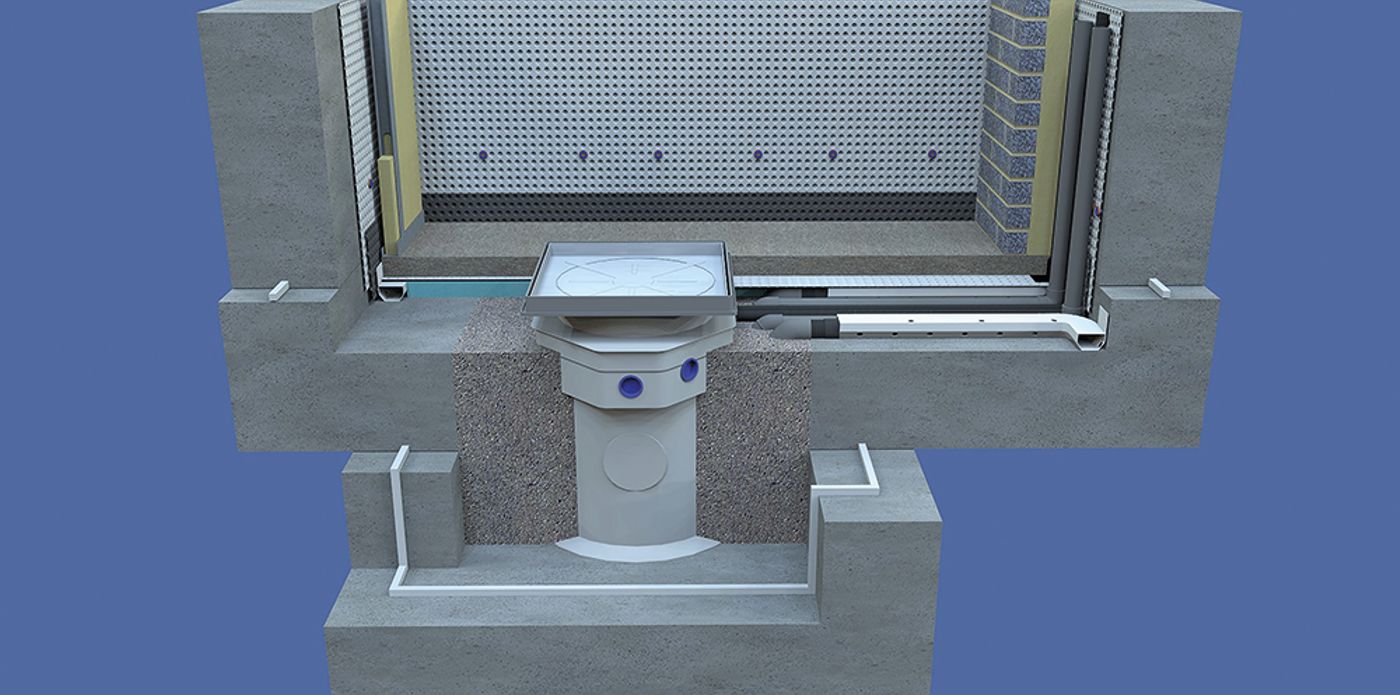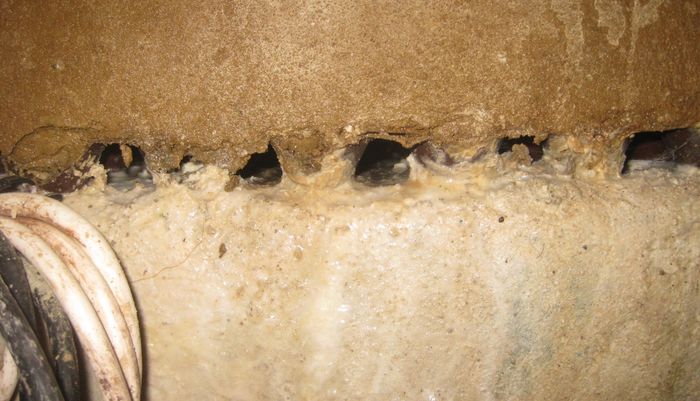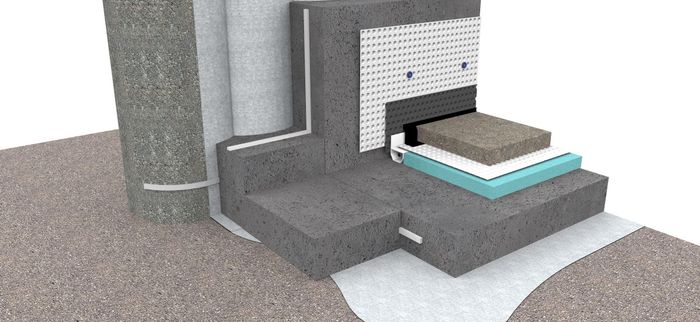01732 360 095
There continues to be debate over the use of XPS insulation as the spacer within Type C cavity drain waterproofing systems (CDM) where drainage channels are placed above the raft/slab of the basement.
DOWNLOAD THE FULL ARTICLE HERE ?

In Newton’s expert technical opinion, if a contractor, specifier, developer or homeowner is looking for a Type C waterproofing system that is, at the very least, maintainable, compliant with the British Standard, and can be underwritten by an insurer, then drainage channels are an absolute necessity.
In the full technical paper available here, Newton introduces the concept behind drainage channels, reviews the dangers of non-maintainable systems, and explains the practical and scientific reasons that support the maintainable drainage channel method.
The History of Drainage Channels
Including the design and safety advantages that have become apparent since their introduction, and the reduced incidence of failures of cavity drain membrane systems.
The Dangers of Non-Maintainable Systems
These include:
- Accessibility Issues – When the entire drainage surface area between the floor membrane and the slab cannot be maintained.
- The Dangers of Draining Across the Floor– Potentially causing a limescale build up to the point of complete system failure.
- Falls and Slopes – The difficulties and financial implications of creating these problematic concrete surfaces.
 Where the floor membrane is used to drain water to the sump without drainage channels, over time this non-maintainable system can lead to a build-up of limescale, blocking the membrane void and leading to complete system failure.
Where the floor membrane is used to drain water to the sump without drainage channels, over time this non-maintainable system can lead to a build-up of limescale, blocking the membrane void and leading to complete system failure.
Type C Systems with Maintainable Drainage
Topics include:
- Maintainability – The ability to inspect, clean and jet the system at regular intervals, as recommended by BS 8102:2022.
- Drainage Capability – It is possible to verify that drainage channels are capable of delivering more water than the pumps can handle.
- Should Channels be Recessed or Placed on the Slab? – Whilst either method is possible, there are numerous benefits to placing drainage channels on the slab/raft, including simplicity, cost-savings, and ease-of-installation.
- What About Floatation?– When using a screed, it is physically impossible that insulation boards will lift the floor. Even when using a lighter material, fixing the boards down is quick and easy.
- What if Water Passes Through the Slab/Raft? – This is both extremely unlikely, but even if it does occur, a correctly designed Type C system with drainage channels will be designed to deal with it.
- Closed-Cell Insulation – Correctly specified, extruded polystyrene boards will not degrade when immersed in water, and have been compression tested to the strict EN 1606 standard.
- Insuring Type C Waterproofing– The benefits of maintainable drainage channels are supported by many of the major construction industry insurance providers.

Overall, the benefits of installing drainage channels whilst using insulation as the spacer are numerous and wide-ranging, from design simplicity and financial and environmental savings to the ease of buildability and energy efficiency improvements.
These benefits reach every member of the construction team, including the architect, the installer, and the client, and also mean that a maintainable drainage system is, in our minds, an absolute necessity in Type C waterproofing.
For comprehensive protection in line with BS 8102:2022, combining Type A protection externally, Type B protection integrally, and Type C protection internally with closed-cell XPS insulation and drainage channels will give the greatest chance of success.
Customer Success Stories
Our latest customer reviews from Feefo - the award winning review platform

Speak to our friendly, expert team
Our staff are able to provide guidance for projects of all sizes, whether you require some general advice about damp or waterproofing, or support with technical drawings and specifications.














